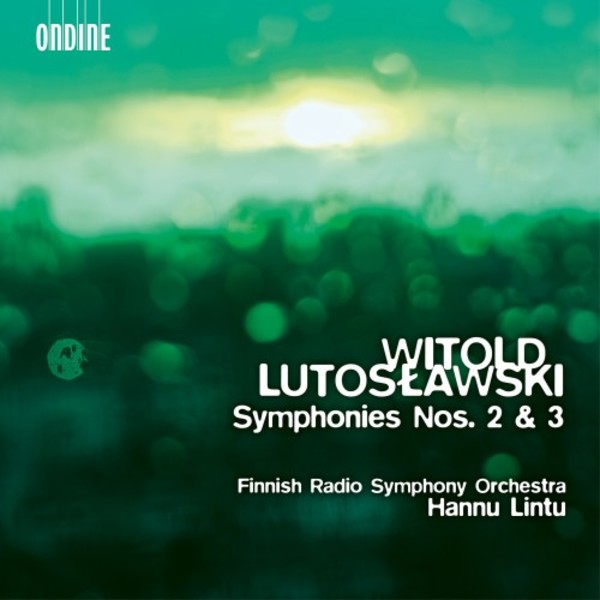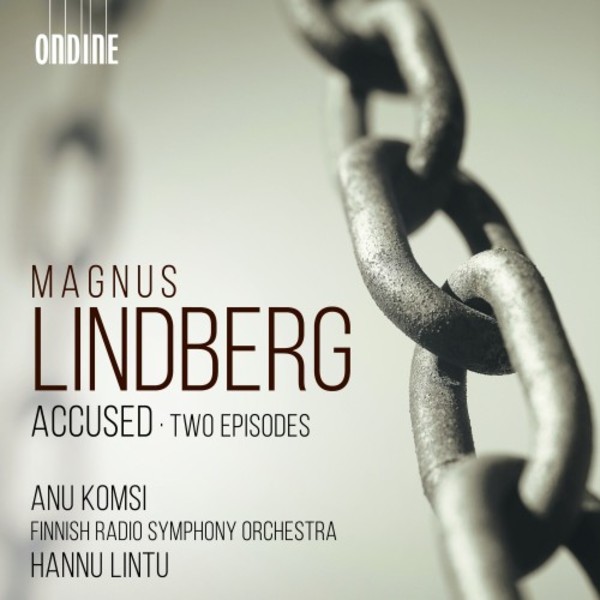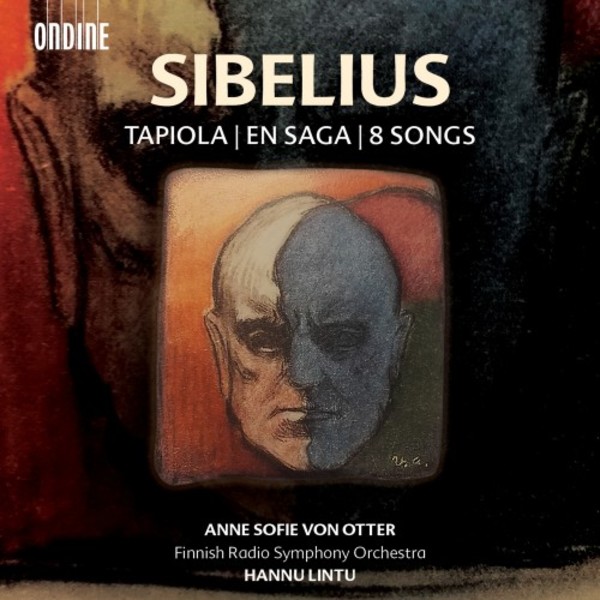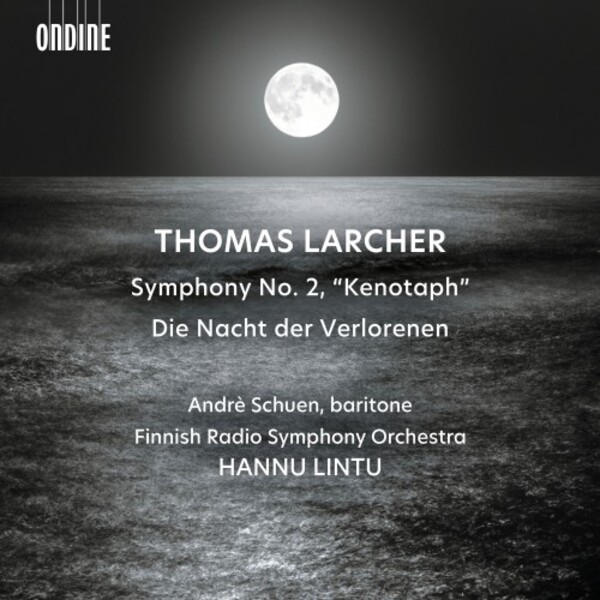Lutoslawski - Symphonies 1 & 4, Jeux venitiens
£12.69
In stock - available for despatch within 1 working day
Despatch Information
This despatch estimate is based on information from both our own stock and the UK supplier's stock.
If ordering multiple items, we will aim to send everything together so the longest despatch estimate will apply to the complete order.
If you would rather receive certain items more quickly, please place them on a separate order.
If any unexpected delays occur, we will keep you informed of progress via email and not allow other items on the order to be held up.
If you would prefer to receive everything together regardless of any delay, please let us know via email.
Pre-orders will be despatched as close as possible to the release date.
Label: Ondine
Cat No: ODE13205
Barcode: 0761195132050
Format: Hybrid SACD
Number of Discs: 1
Genre: Orchestral
Release Date: 9th November 2018
 FREE UK SHIPPING OVER £30!
FREE UK SHIPPING OVER £30!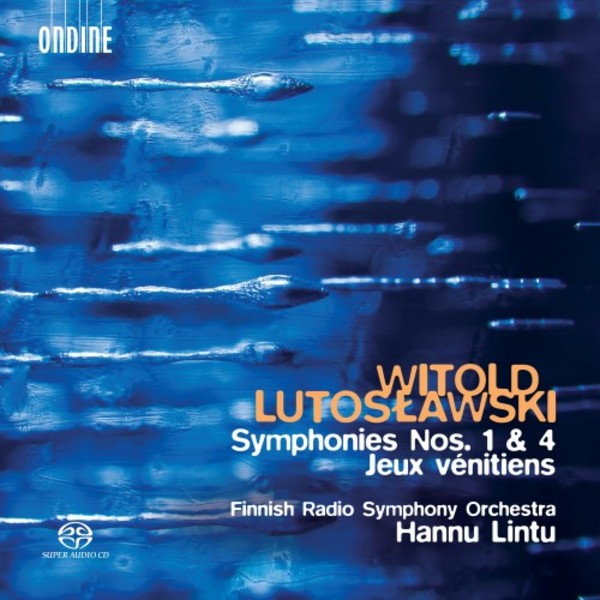
 Three key works, each from from an essential point in Witold Lutosławski’s career, add up to a thrilling portrait of the modern Polish master. All are played with searing energy by the Finnish Radio Symphony Orcgestra under the lucid baton of their chief conductor, Hannu Lintu... Captured in brilliant sound, this recording makes an unbeatable introduction to Lutosławski’s world.
Three key works, each from from an essential point in Witold Lutosławski’s career, add up to a thrilling portrait of the modern Polish master. All are played with searing energy by the Finnish Radio Symphony Orcgestra under the lucid baton of their chief conductor, Hannu Lintu... Captured in brilliant sound, this recording makes an unbeatable introduction to Lutosławski’s world. 